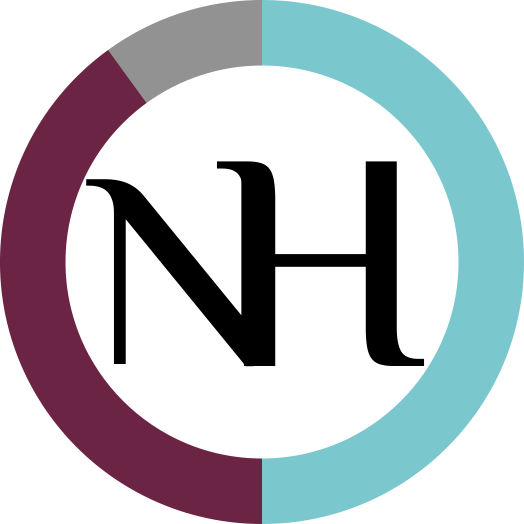2020 has been a year of unprecedented events, and it is now Pantone® has announced two colors of the year for 2021. PANTONE Ultimate Gray and PANTONE Illuminating.
In Pantone’s 22 year years, 2021 is only the second time two colors have been selected. Rose Quartz and Serenity were chosen in 2015. This year, the two shades are meant to stand on their own, as complementary tones, supporting each other. This is also the first time a gray has been recognized as a color of the year. Both of these colors were added to the Pantone color wheel in 2020.
The union of an enduring Ultimate Gray and the vibrant yellow illuminating expresses a message of positivity supported by fortitude. Practical and rock-solid but at the same time warming and optimistic, this is a color combination that gives us resilience and hope. We need to feel encouraged and uplifted; this is essential to the human spirit.
-Leatrice Eiseman, Executive Director of the Pantone Color Institute
Ultimate Gray
RGB:
147 149 151
HEX:
#939597
Illuminating
RGB:
245 223 77
HEX:
#F5DF4D
How to use these colors in graphs?
With similar color schemes that include a gray, the more vibrant color is used to demonstrate the story. In this case, the yellow will be used to guide the eyes of the audience to the important information.
Multiple data points to communicate
Sometimes you need more than two colors to communicate your ideas. Using complementary, triadic, tetradic, or different tones of the original color, increases the total number of options available.
Complementary Colors
Complementary color schemes are made by picking two opposite colors of the color wheel. They appear vibrant when used next to each other.
Ultimate Gray
RGB:
147 149 151
HEX:
#939597
Illuminating
RGB:
245 223 77
HEX:
#F5DF4D
Ultramarine Blue
RGB:
77, 99, 245
HEX:
#4D63F5
Triadic Colors
Triadic color schemes are created by picking three colors equally spaced on the color wheel. They appear quite contrasted and multicolored.
Ultimate Gray
RGB:
147 149 151
HEX:
#939597
Illuminating
RGB:
245 223 77
HEX:
#F5DF4D
Turquoise Blue
RGB:
77, 245, 222
HEX:
#4DF5DE
Fuchsia
RGB:
222, 77, 245
HEX:
#DE4DF5
Tetradic Colors
Tetradic color schemes are made from two couples of complementary colors in a rectangular shape on the color wheel. They are very versatile and work best with one dominant color.
Ultimate Gray
RGB:
147 149 151
HEX:
#939597
Illuminating
RGB:
245 223 77
HEX:
#F5DF4D
Screamin Green
RGB:
99, 245, 77
HEX:
#63F54D
Fuchsia
RGB:
222, 77, 245
HEX:
#DE4DF5
Ultramarine Blue
RGB:
77, 99, 245
HEX:
#4D63F5
Holidays are a great reason to use a different color scheme in your graphs and presentations. The traditional colors of the holiday aren’t always the best to use in graphs. For example, the Christmas colors of red and green are difficult on the eyes are not the best visualization for data presentation. Even though the colors red and green are in a triadic combination, there are better colors to use that still have the “Christmas” feel.
Darker colors like blue and brown give the winter feel. These colors make you want to sit in front of a fire sipping hot cocoa. If needed for multiple data points, use a decreasing transparency scheme with the secondary color. In this example, the secondary color is blue.
Brown
rgba(175, 128, 80,1)
Hex: #AF8050
Blue
rgba(3, 88, 127,1)
Hex: #03587F
Silver and Gold are iconic Christmas colors. These two colors are subtle and balance each other nicely. If needed for multiple data points, use a decreasing transparency scheme with the secondary color. In this example, the secondary color is silver.
Gold
rgba(212,175,55,1)
Hex: #D4AF37
Silver
rgba(192, 192, 192,1)
Hex: #C0C0C0
Green and purple are complementary colors, two colors that are on opposite sides of the color wheel. The main colors being purple with different transparencies of green as the secondary color.
Cream
rgba(253, 248, 220,1)
Hex: ##FDF8DC
Red
rgba(239,52,61,1)
Hex: #EF343D
Green and purple are complementary colors, two colors that are on opposite sides of the color wheel. If needed for multiple data points, use a decreasing transparency scheme with the secondary color. In this example, the secondary color is green and the main color being purple.
Dataset B
rgba(53, 86, 81,1)
Hex: #355651
Dataset A
rgba(108, 55, 119,1)
Hex: #6c3777



